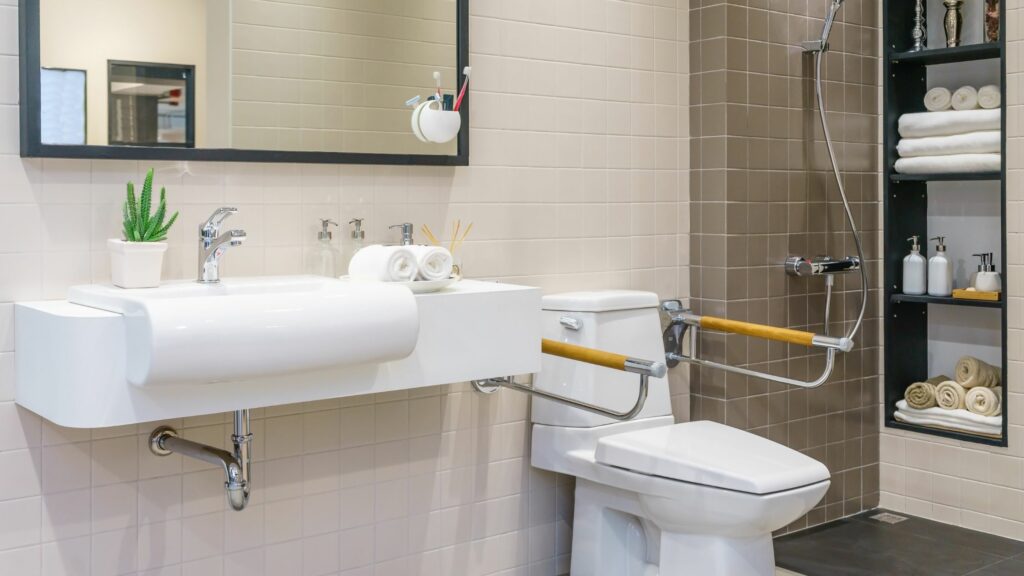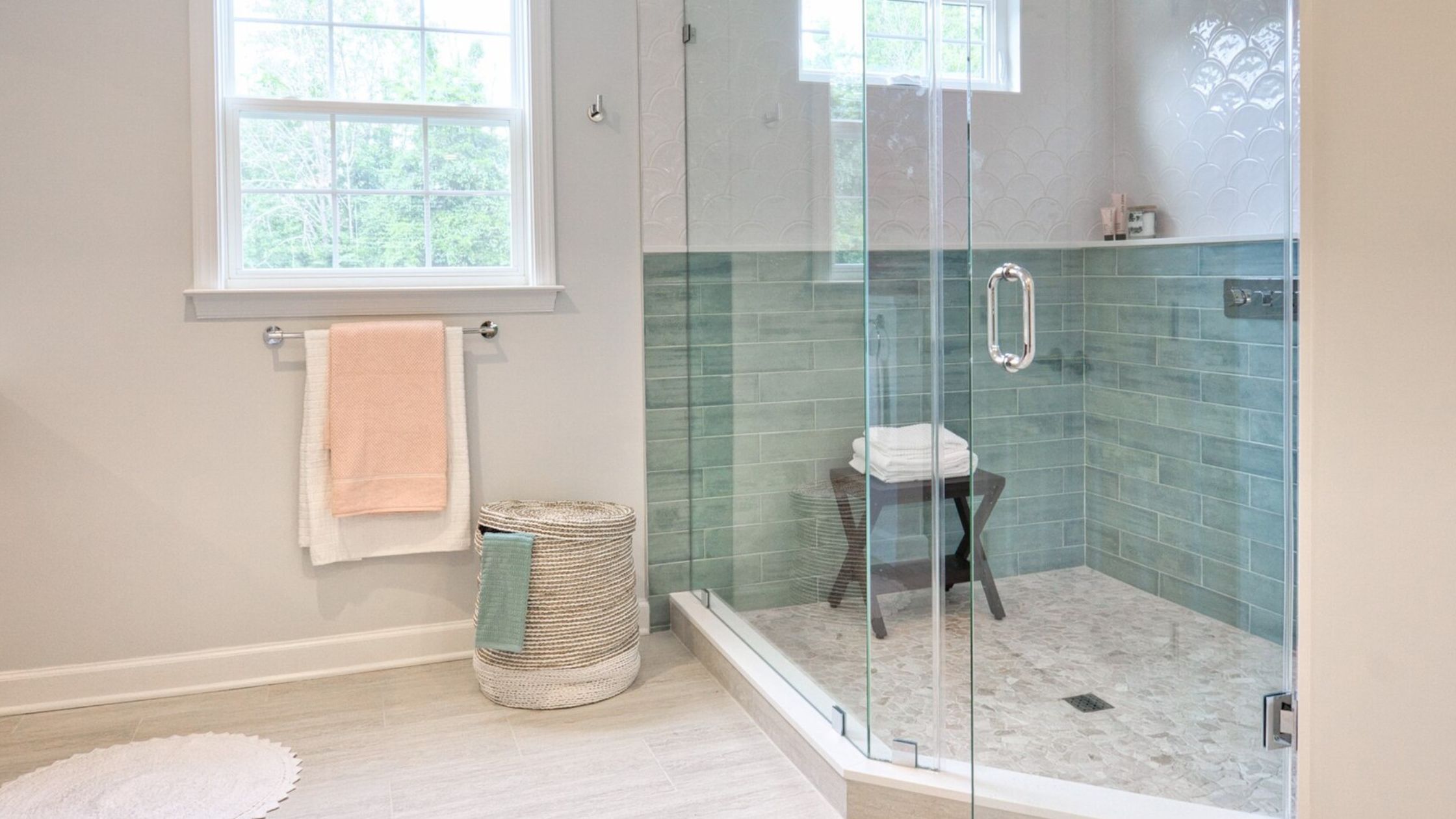Understanding Your Accessible Home
In the United Kingdom, many older properties are not designed with accessibility in mind, posing significant challenges for individuals with mobility concerns. These challenges highlight the importance of considering accessibility early in designing and constructing a home.
When planning your abode, integrating accessibility features from the beginning is a thoughtful consideration for potential future needs and a strategic investment. Recognising this need, ABC Mastercare has compiled a detailed guide aimed at helping homeowners craft an accessible living space.
This guide is an invaluable resource for anyone looking to create a welcoming and accommodating home for people of all abilities. It covers various topics, from the basic principles of accessible design to specific recommendations for multiple areas of the house, ensuring your home is comfortable, safe, and accessible for everyone.
The Imperative of an Accessible Home
While the concept of an accessible home may seem distant for those who are currently non-disabled, the rationale behind such a design is multifaceted. Firstly, accessible homes cater to a broader spectrum of potential buyers, enhancing their market appeal. A noticeable scarcity of properties in the UK genuinely accommodates accessibility needs.
Moreover, an accessible home is a long-term living solution. As we age, mobility can become a challenge. With a forward-thinking design, homeowners may avoid the need for costly alterations or relocation in more severe cases. A home that caters to both present and prospective future needs is a wise choice. Once your budget and location preferences are established, delving into the design specifics is crucial.
Design Considerations for Accessibility
True accessibility in design goes far beyond the essential inclusion of ramps and stairlifts; it requires a comprehensive approach that considers the needs of individuals with mobility impairments. One of the fundamental elements is the width of doors. They should be sufficiently broad to accommodate wheelchair access, ensuring no individual faces barriers when moving from one room to another.
Additionally, the layouts of these rooms need to be thoughtfully planned to allow for easy wheelchair manoeuvrability. This includes ample space for turning and navigating without obstructions.
Another critical aspect of accessible design is the elimination of potential barriers like steps or raised thresholds, which can significantly hinder the movement of wheelchairs. In place of traditional doorknobs, lever-style handles are recommended as they are much easier to use, especially for individuals with limited hand strength or dexterity.
Bathrooms, often challenging areas for accessibility, can be significantly improved by opting for a wet room design. This design eliminates the need for shower trays and steps, enhancing accessibility.
The kitchen, a central part of any home, should also be designed with accessibility. This involves installing counters and appliances at heights accessible for individuals in wheelchairs, ensuring that all features are user-friendly for those with mobility impairments. Ample parking space is another crucial aspect, particularly for the ease of loading and unloading wheelchairs.
For housing structures, considering a single-level floor plan can be incredibly beneficial. In cases where a two-story design is preferred or necessary, provisions should be made for installing a lift, ensuring easy access to all levels of the home. Bedrooms should be designed not just to accommodate wheelchairs but also to consider the potential presence of caregivers.
Lastly, storage solutions within the home should be easy to use and strategically placed to minimise the risk of accidents, making the living space safer and more comfortable for individuals with mobility challenges.
Collaborating with an architect experienced in accessible design is invaluable. Additionally, seek insights from individuals with first-hand experience in creating an accessible home, as they can offer practical advice and highlight potential oversights.
Some accessible features might increase the budget, but numerous design choices can be made without additional costs, allowing financial flexibility.
These Articles May Also Interest You:
Creating Inclusive Spaces: Accessible Bathroom Solutions for Enhanced Comfort and Independence
Transforming Lives: Easy Access Baths for Enhanced Independence
Enhancing Independence: Discover the Benefits of Mobility Showers for Disabled Individuals in the UK
Accessible Homes: A Lifetime Investment
The creation of an accessible home requires careful planning and thoughtful design. However, the effort is a prudent investment, safeguarding the value of your property and ensuring its suitability for the future. Universal design principles benefit those with mobility issues and enhance the living experience for everyone.
In conclusion, as you embark on this significant journey, ABC Mastercare guides you every step of the way. Our expertise in designing and constructing accessible bathrooms ensures your vision becomes a reality. We invite you to contact us for a consultation on creating an accessible bathroom that meets your needs and exceeds your expectations.
Remember, an accessible home is not just a property; it’s a commitment to inclusive living and a testament to thoughtful, future-proof design. Contact ABC Mastercare today to start your journey towards a more accessible and comfortable home.




